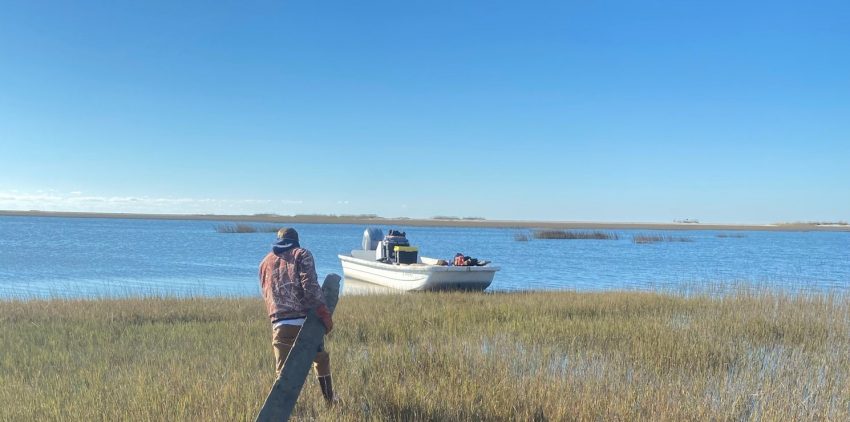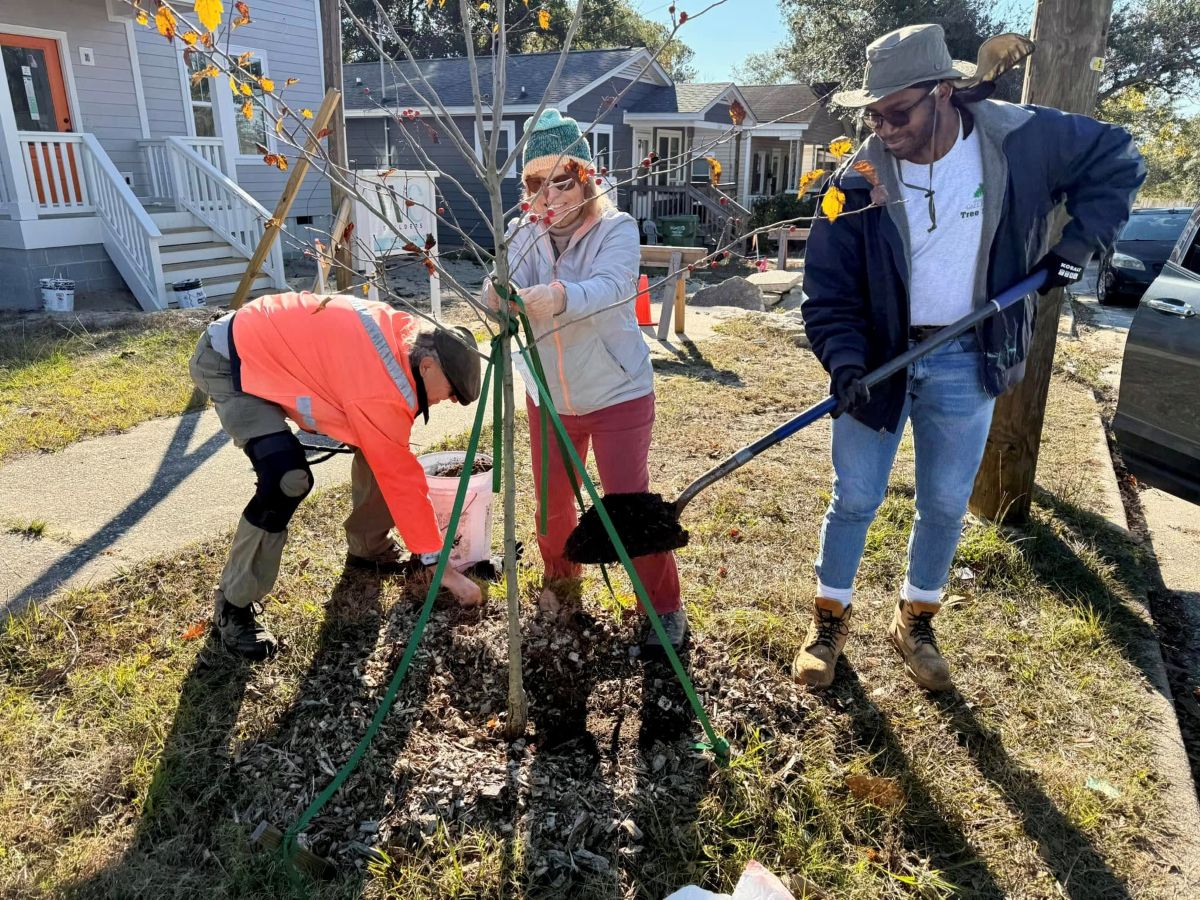
Because of the significant contributions from many partners and supporters during this difficult year, the North Carolina Coastal Federation, which publishes Coastal Review Online, has been able to continue its work to protect and restore the state’s coast.
While the federation had to adapt to the challenges posed by the COVID-19 pandemic, the nonprofit organization was able to restore thousands of acres of wetlands, reduce millions of gallons of polluted runoff, install more than a mile of living shorelines, build oyster reefs, remove hundreds of tons of marine debris from coastal estuaries, and work to promote management decisions and policies that maintain a healthy coastal economy and environment, according to the federation.
Supporter Spotlight
“Our staff held many virtual meetings and worked directly with paid contractors to accomplish most of the things we set out to do in 2020,” said Todd Miller, executive director of the federation said in a statement. “This year’s tangible, long-term accomplishments make a difference not only now but for decades to come.”
Some of the federation’s accomplishments include installing rain gardens and porous parking stalls on the University of North Carolina Wilmington campus, which will absorb 4.5 million gallons of rain a year and restored more than 2,700 acres of wetlands on coastal farms and forests.
The federation worked with local, state and federal agencies and Hyde County residents to implement the Lake Mattamuskeet watershed restoration plan to improve water quality and reduce flooding.
“This work reaffirms my faith in our ability to work cohesively and productively for the good of coastal communities and environment, despite any challenges we may face,” said Joe Ramus, the federation’s board president.
More than a mile of living shorelines was built in 2020 by the federation and its partners in Carteret County, Oriental and dozens of private residential waterfront properties.
Supporter Spotlight
“Thanks to funding from the National Fish and Wildlife Foundation, the North Carolina Land and Water Fund and the state’s Community Conservation Assistance Program, we were able to significantly increase the demand for living shorelines and the number of living shorelines built in the state this year,” said federation scientist Lexia Weaver. “We also provided technical assistance to an additional 77 waterfront property owners, sparking their interest in living shorelines.”
Nearly 300 tons of debris was removed from the coast in 2020 as part of the federation’s effort toward a debris-free coast.
“To visualize this tonnage, it would be equivalent to lining up two-liter soda bottles end-to-end and having them extend from Beaufort all the way to Dallas, Texas,” federation board member Lewis Piner explained in a release.
The federation worked with the state Division of Coastal Management, North Carolina Wildlife Resources Commission, National Oceanic and Atmospheric Administration and the U.S. Department of Agriculture Natural Resources Conservation Service to raise funds to hire contractors to clean up coastal marshes and shorelines to make this large-scale effort possible.
The federation this year encouraged the General Assembly to enact new legislation that sets the stage for the removal of hundreds of abandoned and derelict boats in 2021.
Sara Hallas, a coastal education coordinator on the federation’s staff, said, “With all the unexpected challenges that this year brought, I’m so proud to see our volunteers, contractors and community partners persevere with making great strides on tackling some of the goals within the N.C. Marine Debris Action Plan that we adopted in early 2020.”
There are now more oysters growing along the coast as the federation and its partners continued to carry out numerous strategies outlined in the Oyster Blueprint, an effort to restore the state’s oyster habitats and fishery.
“In 2020, we continued to follow the blueprint as we updated it for another five years. Through hours of online virtual meetings, nearly a hundred stakeholders worked together to outline oyster management and restoration priorities for the next five years,” said federation coastal scientist Erin Fleckenstein.
“This year we learned from monitoring by the N.C. Division of Marine Fisheries that the Swan Island Oyster Sanctuary we helped to build now hosts an estimated 136 million oysters,” Fleckenstein added. “These oysters now help to seed new natural oyster reefs in Pamlico Sound.”
The federation continued to expand an oyster shell recycling program along the coast, support the shellfish mariculture industry through numerous projects, and worked with N.C. Sea Grant and the N.C. Department of Cultural Resources to launch the N.C. Oyster Trail.
In 2020, the federation worked on coastal management policy efforts including public engagement about health threats of emerging chemical contaminants in state waters, reached out to officials to continue a moratorium on offshore oil and gas exploration and drilling, updated the Coastal Habitat Protection Plan, provided leadership for the Albemarle-Pamlico National Estuary Partnership, planned how federal funding for disaster mitigation can be directed to long-term strategic flood reduction strategies in the state, and examined ways to reduce the vulnerability of docks and other waterfront structures to storms so as to reduce future amounts of marine debris.







